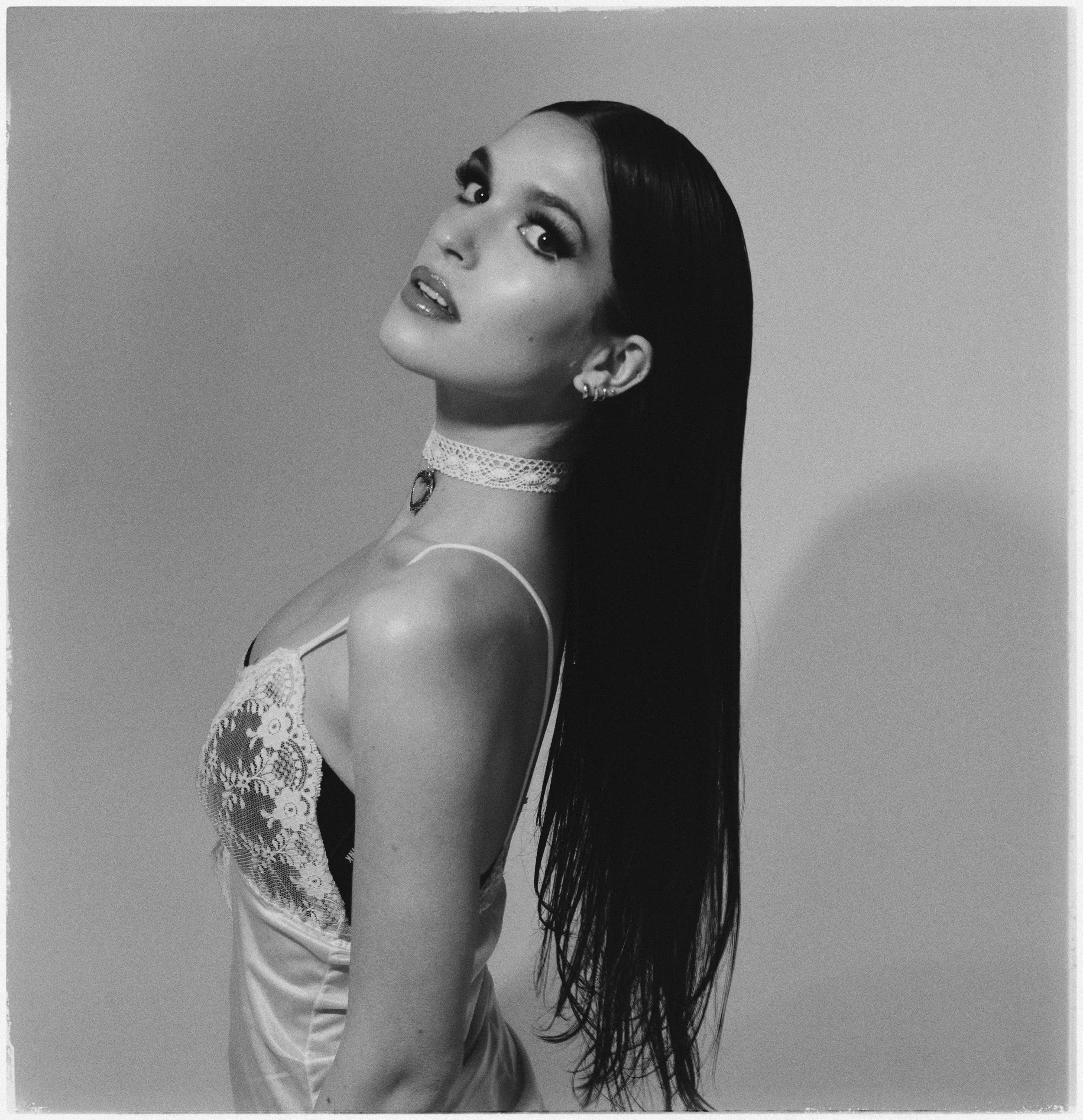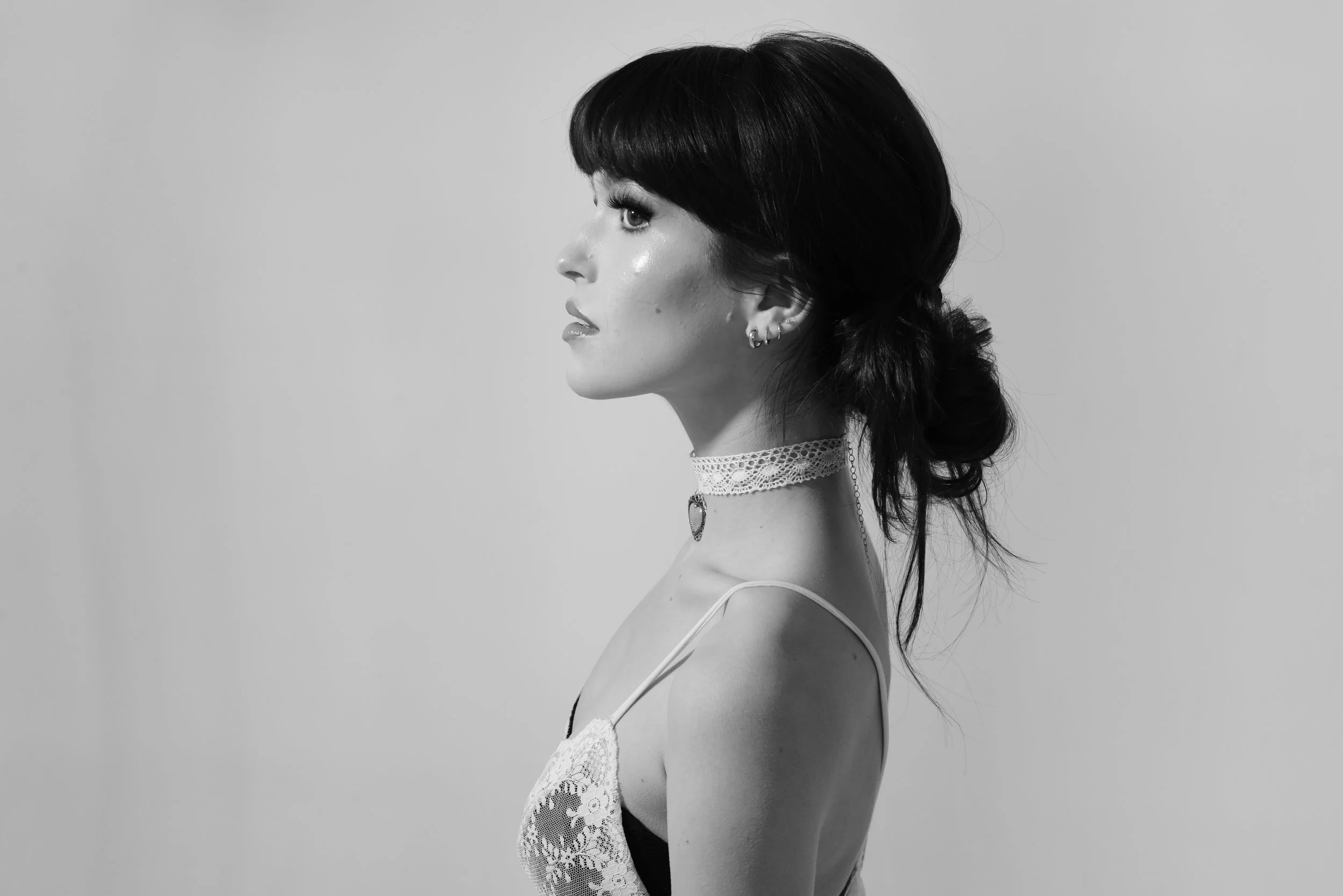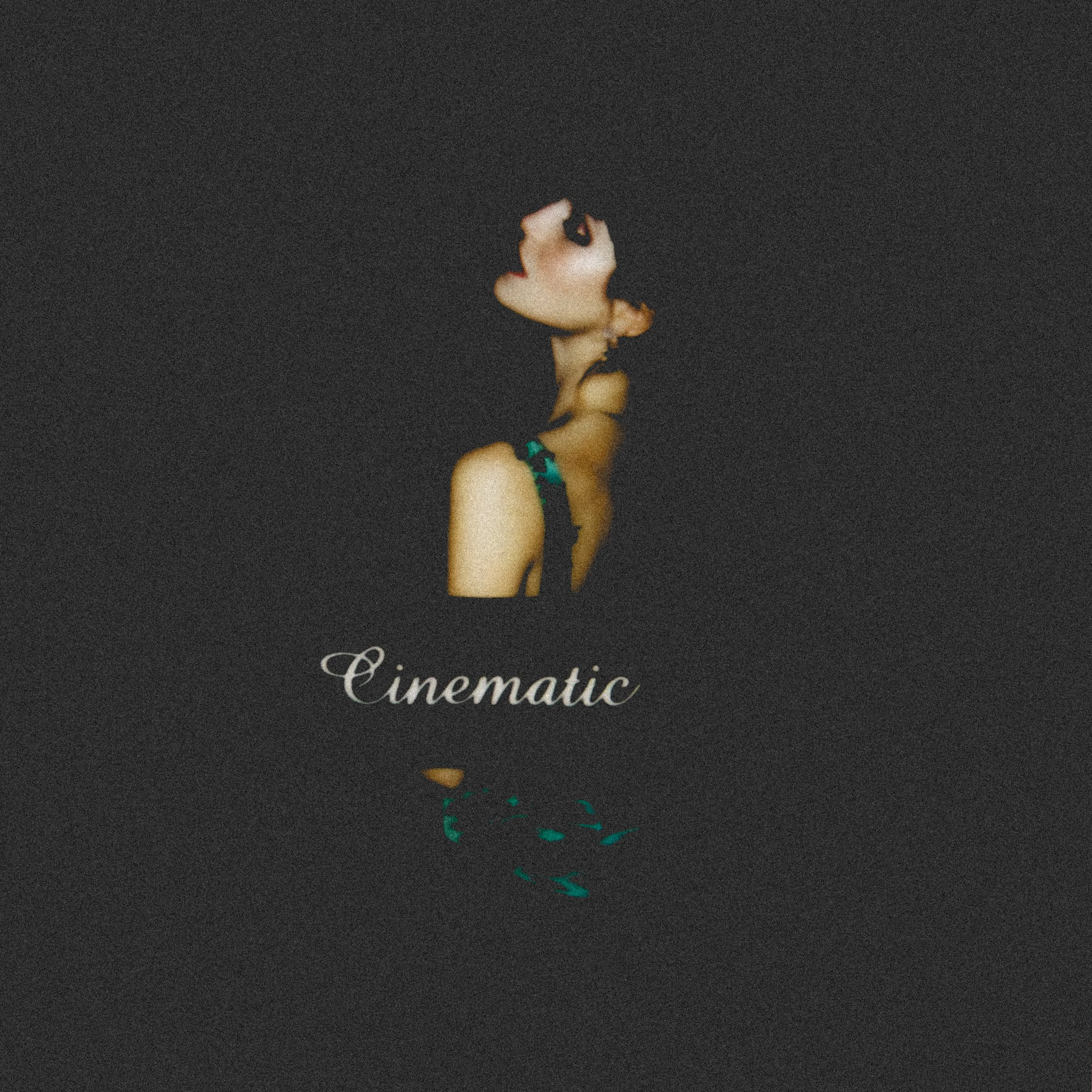Q&A: Lily Kincade Brings Old Hollywood Glamour to ‘Cinematic’
INTERVIEW
INTERVIEW
☆ BY SHEVON GREENE ☆
LILY KINCADE HAS ALWAYS WRITTEN SONGS THAT FEEL LIKE SNAPSHOTS—moments so vivid you can almost see the film playing behind your eyelids. With her debut album, Cinematic, out today, Kincade finally leans all the way into that instinct and crafts a project that plays out like a movie.
Across the tracklist, she moves from glowing highs to heartbreak and self-reflection, all balanced with her love of old Hollywood glamour and modern pop detail. The debut truly shows how far she’s come since her earliest singles; not just as a songwriter, but as a storyteller building her own world.
We sat down with Kincade to talk about the stories behind Cinematic, the lessons she’s learned, and what comes next. Read below for more.
LUNA: You said Cinematic feels like stepping into a movie, especially with the title track. If you had to choose one scene on the album that’s most autobiographical—most personal to you—what track would it be and why?
KINCADE: They’re all written out of my diary, really. Cinematic works like a movie trailer, and the other songs are little scenes. But “Let Me Leave” is one of my favorites, very vivid and visual. Also “Still in August,” because we all romanticize summer. It reminds me of being a kid on summer break, no school. When I listen to that one, I literally see sunsets and the beach.
LUNA: “Still in August” really stuck out to me lyrically too. With Cinematic, you wrote a third of it fully by yourself. How did the self-written songs grow differently from the co-written ones?
KINCADE: Even when I co-write, I’m steering the story. I’ll bring in the drama from my life and say, “Let’s turn this into a song.” But when I write alone, it takes longer. Ideas will brew for weeks, I’ll jot down lyrics in random moments, and then suddenly it all comes together. With co-writes, a whole song can come out in a single day. Both ways are important, but writing alone keeps me sharp. Those songs feel extra special.
LUNA: Totally. It’s like a creative exercise but also a reminder of what you can do yourself. Your visuals are also fully DIY, and I love the old Hollywood vibe in the “Cinematic” video. Has taking control of visuals influenced how you write songs?
KINCADE: Definitely. I’ve always seen things visually—Pinterest boards, collages, vision boards for producers. The visuals help me decide if a song feels more dreamy or dark. It’s all about enhancing the song. Even little things, like a 10-second Spotify canvas, can set the mood.
LUNA: I’ve noticed that. I know you’ve been compared to Taylor Swift and Lana Del Rey. What do you see as the shared language between you and those artists, and where do you want to push past comparisons?
KINCADE: Taylor and Lana were role models. Taylor’s narrative writing and Lana’s mood-driven world-building shaped me early on. People sometimes think comparisons mean you’re just a copy, but I see it as part of the lineage of storytelling. What no one else can duplicate is your own soul—your stories, your history. That’s what I focus on putting into my songs.
LUNA: That comes through on this record. In our first interview, you talked about heartbreak and growth. How has your understanding of heartbreak evolved since then?
KINCADE: It’s more nuanced now. You can still love and care for someone even if they broke your heart. Life isn’t black and white; it’s messy. Cinematic captures that: good, bad, ugly, all at once. I’ve learned to sit with those conflicting emotions rather than forcing them into one box.
LUNA: Your song “Let Me Leave” was one of your early self-written tracks. How has your process evolved since then?
KINCADE: The process is always about the song first. A good song should work on guitar or piano, stripped down. With Cinematic, we added subtle production details: vintage film reel sounds, applause, little textures you might not notice at first. They make the songs feel bigger, more cinematic.
LUNA: I love catching those little details on repeat listens. How has your relationship with fans shifted now that they’re seeing more of your self-directed visual world?
KINCADE: It’s been amazing. The album has such a strong identity, and it’s attracted fans who are equally into films, Polaroids and vintage aesthetics. Some have even followed songs from demo versions I shared years ago to now hearing them fully produced. It’s special to share that process.
LUNA: That must be so rewarding. Since Cinematic explores love, heartbreak, healing, and growth, which emotion was hardest to write, and which felt the most freeing?
KINCADE: Writing always comes when I need to process something—usually the heavier emotions. It can be uncomfortable to revisit, but turning pain into a song makes it worth it. It’s therapeutic, like releasing a weight.
LUNA: Nostalgia and vintage movie stars are big themes for you. How do those images show up in your lyrics?
KINCADE: The title track has direct references: “scene one, our story unfolds…” and even a nod to The Wizard of Oz since I’m from Kansas. There are references to 1923, when the Hollywoodland sign first went up. I love weaving those little details in, and even in the music video I used public domain footage and clips from early silent films. It’s like a collage of everything I love.
LUNA: That’s incredible. How did you decide on sequencing the album?
KINCADE: I thought about it like a script. The opening track lets you into the world, then the story unfolds. I typed all the lyrics in script format and even made the lyric videos that way. Ending with “Mr. Hollywood” felt right; nostalgic, like looking back at it all.
LUNA: What’s next for you after releasing Cinematic?
KINCADE: I’m already writing new material and thinking about a deluxe version. I’d love to open on tour for someone soon, but for now I’m prepping with intimate acoustic shows. I’m just excited to keep creating and follow where inspiration leads.




